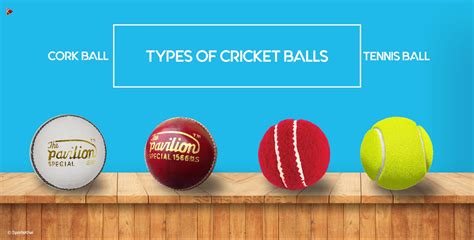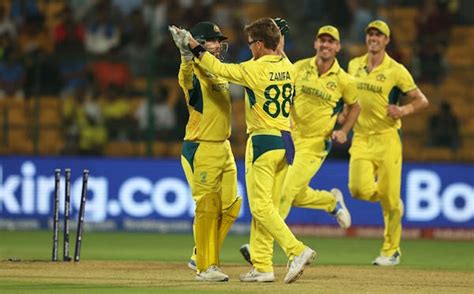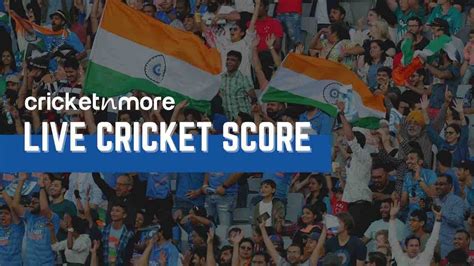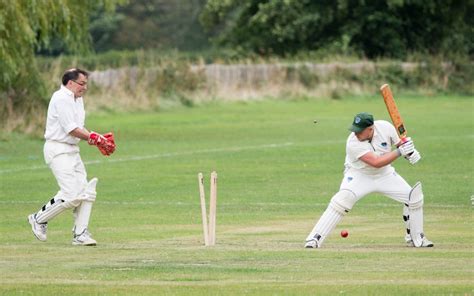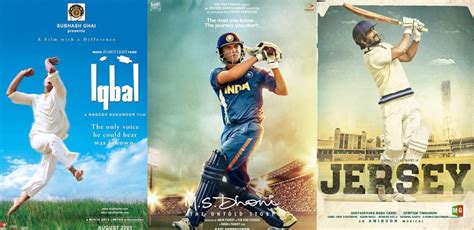Explore types of cricket balls, their materials, color impacts, seam effects, and tips for selecting the right ball for different formats.Cricket, a sport celebrated for its rich history and intricate strategies, is fundamentally shaped by the type of equipment used, with the cricket ball being paramount. In this article, we delve into the various types of cricket balls and their unique roles within the game. Understanding the nuances of each ball—from its construction and material composition to its color and design—can profoundly impact player performance and match outcomes. Additionally, we’ll explore how seam and swing variations can affect gameplay, guiding you in selecting the ideal cricket ball tailored to different formats. Whether you’re a budding cricketer or an experienced player, this comprehensive guide will equip you with valuable insights into making informed choices for an enhanced cricket experience.
Understanding The Different Types Of Cricket Balls
When it comes to choosing the right cricket ball, understanding the different types available is crucial for players, coaches, and enthusiasts alike. The type of cricket ball used can significantly influence the game’s dynamics, affecting everything from batting to bowling and fielding. Here are the primary types of cricket balls commonly used in the sport:
- Red Cricket Balls: These are primarily used in Test matches and first-class cricket. They are designed for longer formats, providing durability and maintaining visibility in daylight.
- White Cricket Balls: Typically used in limited-overs formats, such as One Day Internationals (ODIs) and T20 matches. The white color helps enhance visibility under artificial lighting, making it ideal for night games.
- Pink Cricket Balls: An innovative solution for day-night Test matches, pink cricket balls offer improved visibility in low light while retaining the traditional benefits of red balls.
- Tennis Balls: Used for informal games and practice sessions, these balls are lightweight and come in various colors. They help in developing hand-eye coordination and are great for beginners.
- Rubber Balls: Mostly used for training purposes or in formats like street cricket. They are softer and reduce the risk of injury, making them a popular choice among amateur players.
Each type of cricket ball serves a specific purpose and caters to different playing formats, skill levels, and conditions. Understanding these differences allows players to make informed decisions about the equipment they use, enhancing their performance and enjoyment of the game.
The Role Of Material In Cricket Ball Performance
The choice of material used in the construction of a cricket ball significantly impacts its performance and suitability for different playing conditions. The core components of a traditional cricket ball typically include a cork or rubber core, layered with wool or polyester yarn, and encased in a leather shell. Each material offers unique properties that influence how the ball behaves when bowled and how it interacts with the bat.
| Material | Performance Characteristics | Commonly Used In |
|---|---|---|
| Cork | Provides a firm core, aiding bounce and resilience. | Professional and Test cricket balls. |
| Rubber | Offers a softer feel, suitable for practice balls. | School cricket and casual play. |
| Leather | Durable and offers enhanced grip and seam retention. | All formats of the game, especially at higher levels. |
| Wool/Polyester Yarn | Affects the ball’s weight and impact on swing. | All levels depending on quality. |
The moisture absorption properties of leather can also affect performance; a wet ball may become heavy and harder to grip, which influences how bowlers deliver their deliveries. Additionally, the stitching and seam type can vary with different materials, which impacts the ball’s aerodynamics and swing capabilities.
The longevity of cricket balls is another factor that is inherently linked to the materials used. For instance, high-quality leather balls are designed to withstand wear better, making them suitable for longer matches, while rubberized balls are ideal for training purposes due to their affordability and practicality.
How Cricket Ball Color Affects Visibility And Use
The color of a Cricket Ball plays a significant role in the game, influencing visibility, player performance, and even the strategies employed by teams. Traditionally, cricket involves using red and white balls, each suited to specific formats and conditions.
In Test matches, the red Cricket Ball is preferred due to its ability to maintain visibility in natural light over extended periods. Its darker color also helps players gauge the wear and tear of the ball during long innings, making it easier to strategize bowling and batting practices.
On the other hand, white Cricket Balls are used predominantly in limited-overs formats like One Day Internationals (ODIs) and T20s. The bright white color enhances visibility under artificial light, making it easier for players and spectators to follow the ball in night matches. Additionally, the white Cricket Ball often has a gloss finish, which affects the grip and handling compared to its red counterpart.
Moreover, other colors such as pink are now increasingly used, particularly in day-night Test matches. Pink Cricket Balls aim to combine the visibility advantages of the white ball with the durability of the red one, making them suitable for extended play into the evening.
The choice of color in a Cricket Ball does not just enhance aesthetic appeal but plays a critical role in the game’s strategy and player efficacy, allowing teams to adapt their gameplay to various conditions and formats.
Examining The Impact Of Seam And Swing On Play
The cricket ball is a critical component in the game of cricket, influencing the performance of bowlers and batsmen alike. One of the key aspects that contribute to a bowler’s effectiveness is the presence of seam on the cricket ball, which can significantly affect the trajectory and behavior of the ball when delivered. The seam refers to the stitched ridge that runs along the circumference of the ball, and its orientation can lead to various types of deliveries, such as inswingers, outswingers, and seamers.
When a bowler positions the seam at an angle to the direction of the ball’s travel, they can manipulate airflow and create movement through the air. Seam movement is most effective on grassy pitches with moisture, as this enhances the grip and interaction between the ball and the surface, causing unpredictable bounces and deviations. Bowlers who master seam bowling can disrupt a batsman’s rhythm and strategy, making it essential to understand how to utilize the seam effectively.
In addition to seam movement, swing bowling plays a pivotal role in the dynamics of cricket. Swing is the phenomenon where the ball deviates in the air, either towards or away from the batsman, depending on the bowler’s grip and the condition of the ball. There are two main types of swing: conventional and reverse swing. Conventional swing typically occurs with a new cricket ball and takes advantage of the difference in air pressure created by the shiny and rough sides of the ball. Conversely, reverse swing happens with an older ball that has been maintained well on one side, allowing bowlers to generate significant movement even at higher speeds.
The interplay of seam and swing makes the job of a bowler exceptionally intricate, demanding a deep understanding of the conditions and the ball’s attributes. For batsmen, recognizing the means of seam and swing is crucial; a skilled batsman can anticipate movement and adjust their shots accordingly. Thus, the examination of seam and swing not only adds an exciting dimension to the game but also drives the strategies of both the bowling and batting sides.
Selecting The Right Cricket Ball For Various Formats
When it comes to cricket, choosing the appropriate cricket ball is crucial for optimal performance in different formats of the game. Each format—Test matches, One Day Internationals (ODIs), and T20s—has specific requirements that influence the selection of the ball.
For Test matches, players often opt for red cricket balls, which are designed for longer play and durability. These balls have a tougher exterior and a pronounced seam, allowing bowlers to achieve swing and bounce over extended periods. The color also aids visibility under natural light, which is ideal for the longer format played over five days.
In contrast, One Day Internationals typically use white cricket balls. The white balls are more suited for day games and are treated for better visibility under artificial lighting. The seam is slightly less pronounced than that of red balls, as matches are shorter, requiring players to focus on faster scoring and aggressive bowling tactics.
T20 matches, known for their fast-paced gameplay and excitement, also utilize white cricket balls. Given the nature of the format, these balls are designed for quick movement and high visibility to enhance the viewing experience for fans. Performance-wise, the weight and construction promote swift gameplay, making them ideal for the shorter format.
The choice of cricket ball can significantly impact the outcome of matches across various formats. Understanding the distinctions in ball types allows teams and players to harness the best equipment to suit their strategies and conditions, enabling a more effective game plan and potentially gaining an edge over the competition.
Frequently Asked Questions
What are the different types of cricket balls?
The main types of cricket balls are red ball, white ball, and pink ball. Each is used in different formats of the game.
Why is the red cricket ball used in Test matches?
The red cricket ball is used in Test matches because it retains its hardness and visibility for a longer duration, suitable for the longer format of the game.
What is the primary use of white cricket balls?
White cricket balls are primarily used in limited-overs formats such as One Day Internationals (ODIs) and T20s because they are more visible under artificial lights.
When is the pink cricket ball used?
The pink cricket ball is used in day-night Test matches, allowing for better visibility during twilight and nighttime conditions.
What are the key differences in the construction of cricket balls?
Cricket balls differ in seam strength, weight, and the type of leather used, affecting their behavior and durability during play.
How does the choice of cricket ball affect gameplay?
The choice of cricket ball can affect the swing, spin, and bounce, influencing the strategies used by bowlers and batsmen.
What are some factors to consider when selecting a cricket ball for practice?
When selecting a cricket ball for practice, consider the type of practice (e.g., nets or match simulation), condition of the field, and the age group or skill level of the players.

